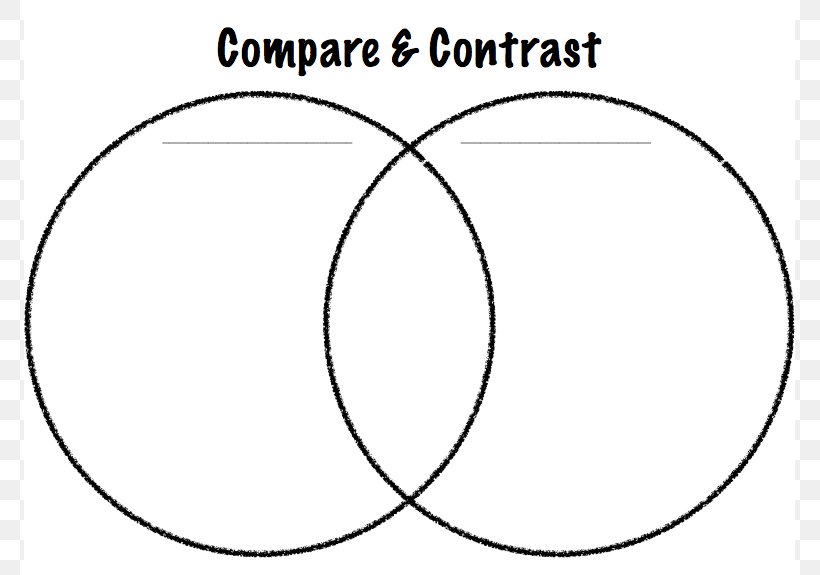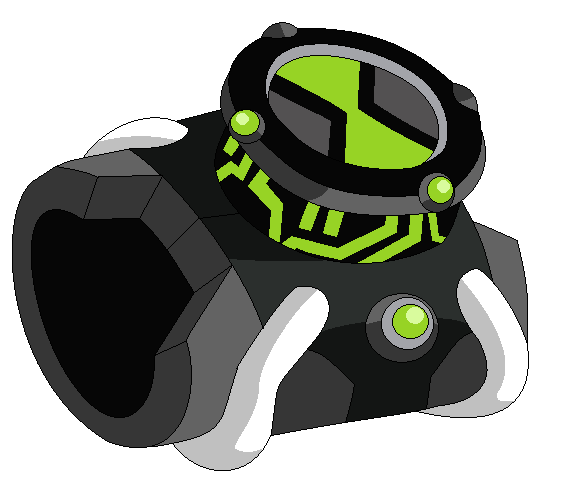Line drawing examples
Table of Contents
Table of Contents
Do you often find yourself struggling to draw a straight line? Whether it’s for a school project, a DIY home improvement task, or an art project, drawing a straight line can be a daunting task for many. But fear not, because in this post, we will teach you how to draw the line like a pro!
The Pain Points of Drawing a Straight Line
Many people struggle with drawing a straight line, and for good reason. Drawing a straight line requires precision and a steady hand, which not everyone possesses. Additionally, using the wrong tools can make the task even more difficult. For instance, using a pen on a textured surface may cause the pen tip to drag and create a wobbly line.
Answering the Target: How to Draw the Line
The easiest and most straightforward way to draw a straight line is by using a ruler. Place the ruler on the surface that you want the line to be on and draw along the edge of the ruler with a pen or pencil. Be sure to hold the ruler steady with your non-dominant hand to prevent it from moving around.
Another tool that comes in handy when drawing lines is a T-square. This tool will help you draw perfect horizontal and vertical lines with ease. Just place the T-square on the surface you are working on, and use a pen or pencil to draw a line along the edge of the T-square.
Summary of How to Draw the Line
In summary, drawing a straight line is not as difficult as it seems. All you need is a ruler or a T-square, a stable surface, and a steady hand. By following these simple steps, you can draw a straight line like a pro in no time!
The Importance of Proper Line Drawing Techniques
As mentioned earlier, drawing a straight line requires precision and patience. But why is it so important to draw a straight line? In the field of architecture, straight lines help create a sense of organization and structure in a design. Straight lines are also important in technical drawing, where accuracy is crucial for conveying information effectively.
In art, drawing straight lines can create a sense of balance and harmony. Straight lines can also be used to create perspective and depth in a drawing. So whether you are an architect, an artist, or a hobbyist, mastering the art of drawing straight lines can greatly benefit your work.
The Right Tools for the Job
One of the key factors in drawing straight lines is using the right tools. As mentioned earlier, a ruler and T-square are great tools to use for drawing straight lines. However, there are also other tools that can be used for more complex line drawings.
A drafting compass is a tool that can be used to draw precise circles and arcs. A straightedge, which is a ruler with a non-slip backing, can be used to draw long, straight lines without the risk of slipping. And for those who prefer digital drawing, there are various software programs that offer line drawing tools, such as Adobe Illustrator and Autodesk Sketchbook.
Perfecting Your Technique
Once you have the right tools for the job, it’s time to perfect your technique. One way to do this is by practicing your line drawing skills regularly. Set aside some time each day to practice drawing straight lines with a ruler, T-square, or other tools. You can also try experimenting with different line weights and styles to create more complex designs.
Another tip for perfecting your technique is to keep your workspace clean and organized. A cluttered workspace can make it difficult to draw straight lines and cause distractions, which in turn can lead to mistakes. Make sure your workspace is free of clutter and that you have enough space to draw comfortably.
Question and Answer
Q: What should I do if I don’t have a ruler or T-square?
A: If you don’t have a ruler or T-square, there are other tools you can use, such as a straightedge or a piece of cardboard. Just make sure that whatever tool you use is straight and stable.
Q: How can I make sure my lines are straight without a tool?
A: While it’s difficult to draw perfectly straight lines without a tool, you can try using a piece of paper or another straight object as a guide. Hold the object against the surface you are drawing on and draw along the edge of the object to create a straight line.
Q: What should I do if my hand is shaky?
A: If your hand is shaky, try taking a break and resting your hand for a few minutes. You can also try using a wrist brace or support to help stabilize your hand. Additionally, you can practice drawing straight lines slowly and steadily to improve your skills over time.
Q: What are some common mistakes to avoid when drawing straight lines?
A: Common mistakes when drawing straight lines include using the wrong tool, not holding the tool steady, and rushing through the drawing. Be sure to use the right tool for the job, hold it steady, and take your time to create a straight line.
Conclusion of How to Draw the Line
Drawing a straight line may seem daunting at first, but with the right tools and techniques, anyone can master the art of drawing straight lines. Whether you are an architect, artist, or hobbyist, drawing straight lines can greatly benefit your work and improve the overall quality of your designs. So take some time to practice your line drawing skills, and soon you’ll be drawing straight lines like a pro!
Gallery
Programmers Sample Guide: HTML5 Canvas Draw Line Tutorial - Change
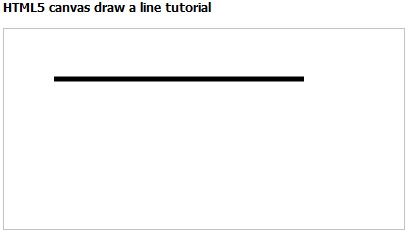
Photo Credit by: bing.com / line draw canvas width html5 programmers sample guide source
File:Geom Draw Line.png - Wikimedia Commons

Photo Credit by: bing.com / draw line file geom commons wikimedia other resolutions preview
40 Best Examples Of Line Drawing Art
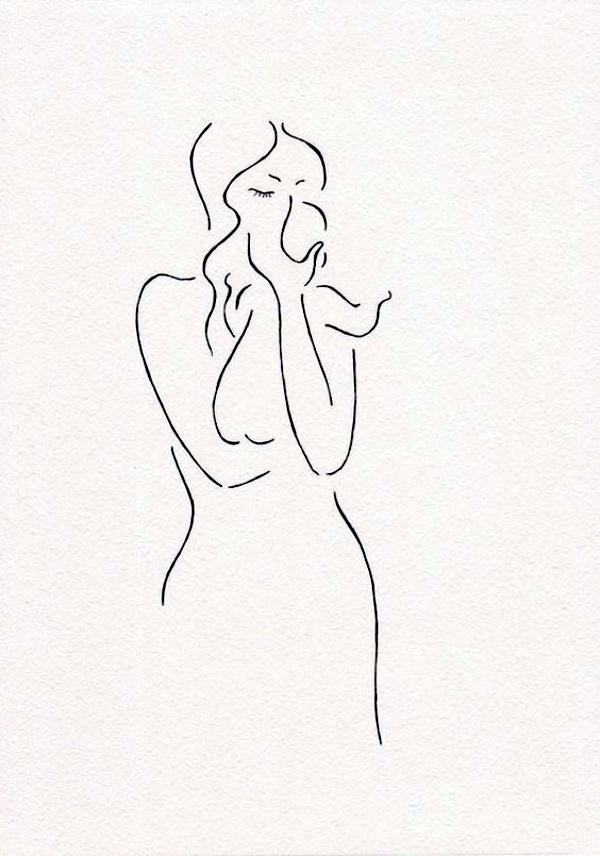
Photo Credit by: bing.com / line drawing examples
Draw The Line | Book By Laurent Linn | Official Publisher Page | Simon

Photo Credit by: bing.com / linn
Draw The Line Between Sales Pitch And Relationship Building | Joshua
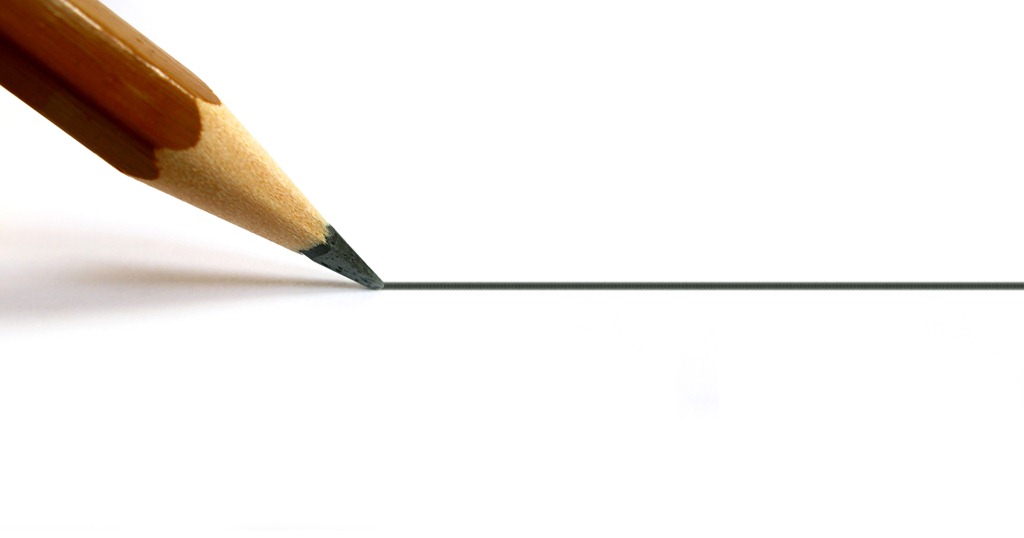
Photo Credit by: bing.com / line draw between relationship pitch sales building know


